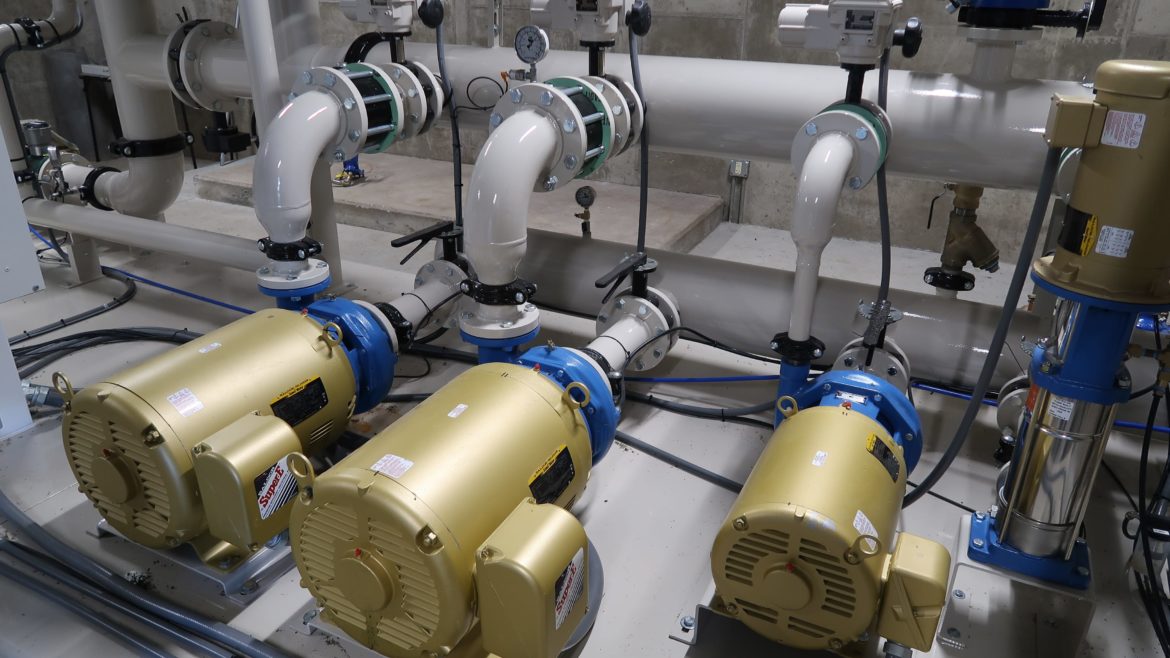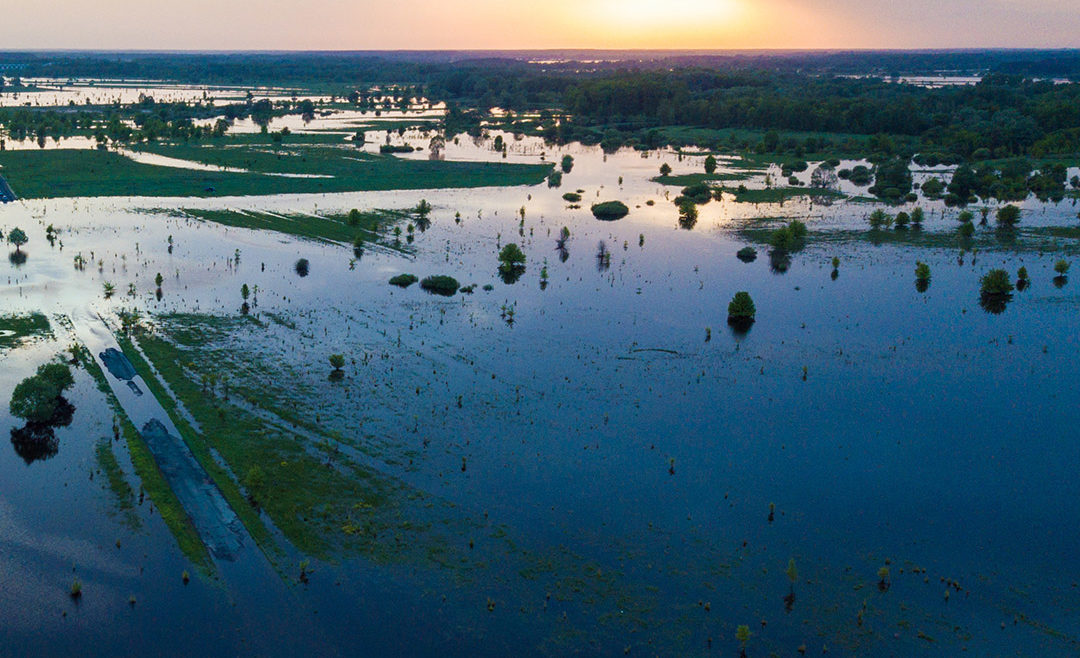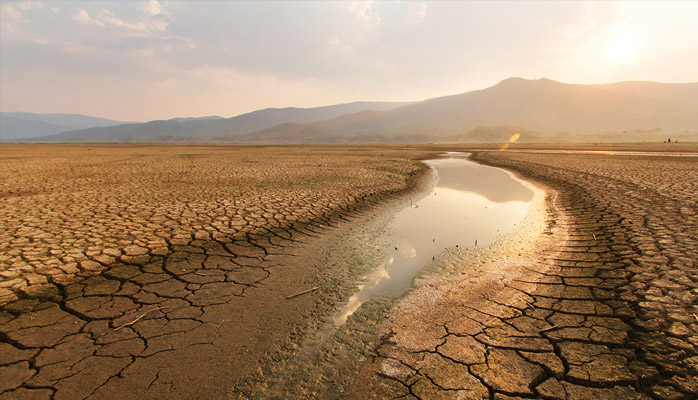
USGA article by our own Derek Nees
Preventative maintenance can prolong the life and efficiency of the pumps. The good news is that pump station failure is usually avoidable – or if not avoidable, at least failure can be forecasted.

Water well maintenance during floods
When a water supply well has been affected by flood waters, the water within the well may be contaminated with bacteria or other microorganisms that can cause serious illness in humans and pets.

Municipal water supply resilience
Tools to achieve municipal water supply resilience
EPA’s Climate Ready Water Utilities Program
As temperatures warm, changes in the water cycle will challenge the reliability of water supplies in some areas. Optimizing the use of supplies from different sources while meeting water-quality standards is crucial to success.
Earth’s oceans and atmosphere are warming. Scientists project that subsequent changes in the water cycle will challenge the reliability of water supplies in some areas. Changes in the amount of precipitation that falls as rain versus snow and earlier spring snowmelt are among the climate-related changes likely to affect the quality and quantity of some water supplies. Non-climate factors such as increased demand from growing populations and aging infrastructure can compound these issues, threatening the ample supply of clean, safe water and reliable wastewater services many Americans take for granted.
To ensure uninterrupted future services, water managers must make infrastructure decisions sooner than later. Decisions to build reservoirs, purchase desalination equipment or increase capacity to manage stormwater or wastewater can take a decade or more to implement plus remain viable for decades into the future.
Climate Resilience Evaluation and Awareness Tool (CREAT) Case Study : Fredericktown, Missouri
https://toolkit.climate.gov/case-studies/addressing-short-and-long-term-risks-water-supply
Resiliency appears to be key to developing a more trustworthy water supply and sanitation system. A 2017 Canadian policy brief highlights best practices:
https://www.iisd.org/library/building-climate-resilient-city-water-supply-and-sanitation-systems
Key message from that brief include:
- Building and maintaining a water supply system resilient to climate shocks requires “multi-barrier” methods that strengthen all infrastructure components.
- Redundancy in water supply should be a policy priority with the flexibility to shift between surface and groundwater options.
- Highly decentralized water supply and sanitation options are now feasible; they provide resilience and complement centralized systems.
- Water conservation and green infrastructure options for stormwater management are proven approaches for reducing climate risks.
The EPS’s Route to Resilience (RtoR) Tool can be of benefit to water managers, too. It uses brief videos and an easy to navigate interface to guide users through the process of building their own unique Roadmap to Resilience report. The RtoR presents five stops to resiliency:
- Assess
- Plan
- Train
- Respond
- Recover
Get started here:
https://www.epa.gov/waterresilience/route-resilience-2018-drinking-water-and-wastewater-utilities
Sources:
Excerpted and adapted from the report Climate Change Impacts in the United States: The Third National Climate Assessment (Chapter 2: Our Changing Climate and Chapter 3: Water Resources) and the Water Resources/Climate Impacts and Adaptation Examples webpage published by the U.S. Environmental Protection Agency.
